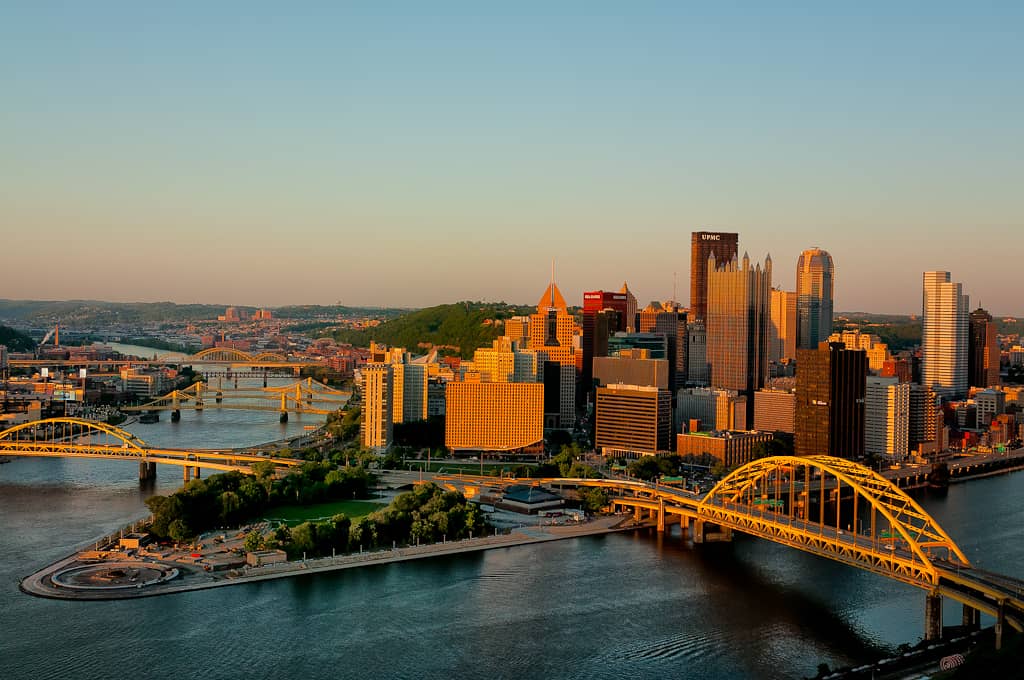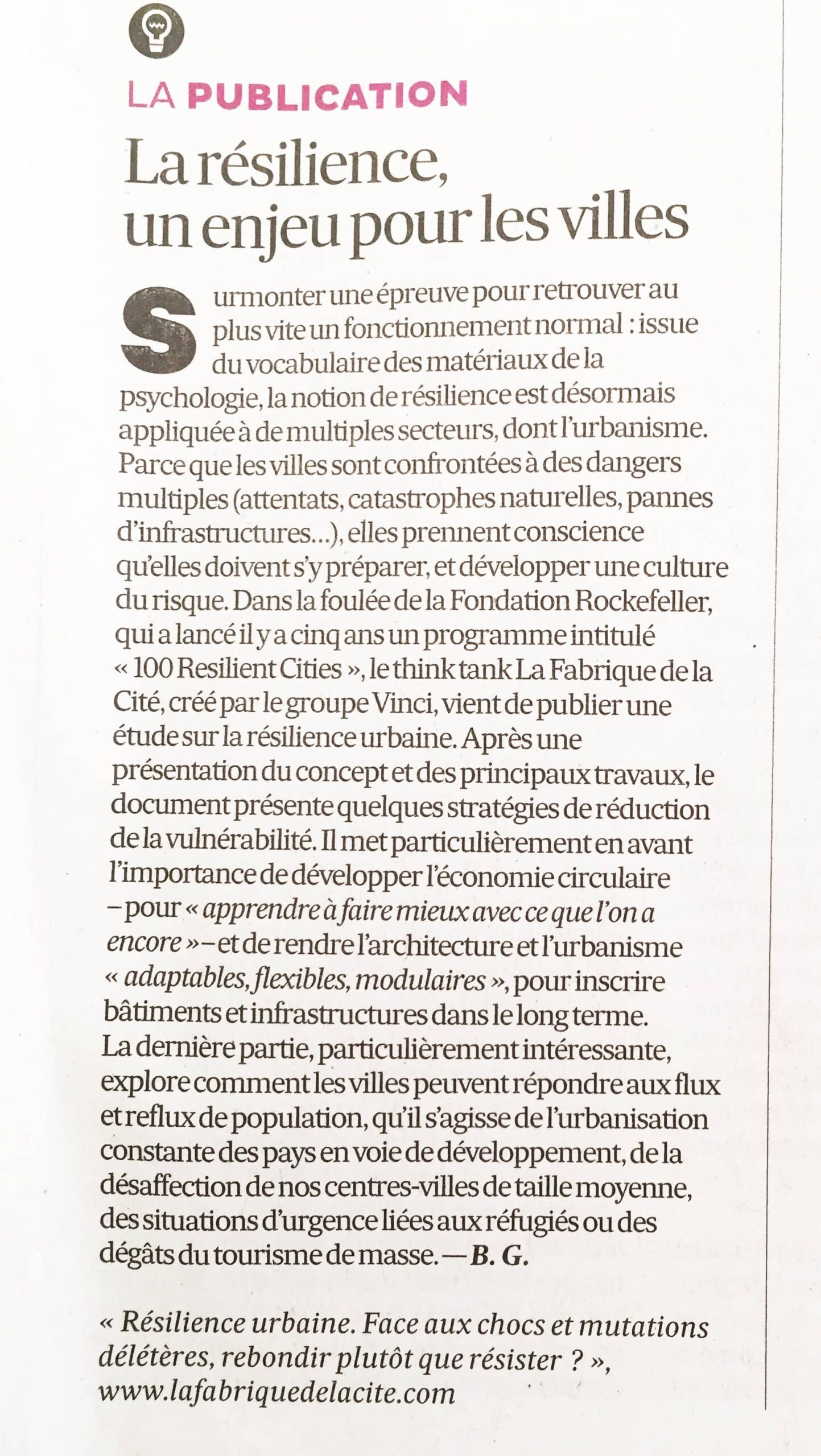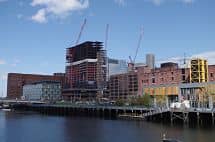

The 5th element

Houston flooded, water cuts imposed in Rome because of a drought unprecedented in 200 years: the media impact of disasters caused by the four elements is all the stronger as they affect cities. The collective imagination is struck to the point of not questioning the reality of shock images such as those of sharks swimming on what was previously a motorway or fuselages of aircraft emerging from an airport turned into a lake. Astronomical figures follow the images: these catastrophes, which are more frequent and powerful because of climate change, represent a very high reconstruction cost for cities and governments (estimates already assess Harvey’s damage to tens of billions of dollars), not counting their indirect cost. They impact key local and national industries, durably jeopardize the attractiveness of affected cities, severely disrupt the real estate, property and insurance markets, and exacerbate social differences by highlighting inequalities in front of risk. Proof of the growing role that these disasters occupy in our societies, the financial speculation of insurance companies via catastrophe bonds has been breaking records for a decade.
The fact that these extreme climatic events have a first name (Katrina, Harvey) does not happen by accident: they impact cities and human societies, even though these cities are willingly associated with the idea of protective refuges facing the forces of nature. And yet! Let’s not forget that cities are actively involved in the construction of risk defined as the combination of a hazard (a natural or technological phenomenon more or less probable in a given space) and vulnerability (the degree of “predictable damage” caused by this phenomenon to a city, the environment …): first their concentration in men and strategic activities makes them areas of crucial stakes. Secondly, due to human errors: soil sealing due to urban sprawl and construction methods that poorly integrate climatic constraints, poor building standards, under-sizing of drainage networks and recurrent inadequacy of the defenses against the rise of water multiply their vulnerability.
Can cities take action, either by limiting the impact of the hazard — as Japan has done for a long time with seismic standards such that most earthquakes have minimal impact, or by developing management strategies of the disaster when it occurs? Their answer today holds in one word: resilience. A single word for a complex problem …. Is there more to it or is it just an empty concept?
Resilience is defined as the ability to bounce back after a shock or perturbation (resilere) and is opposed to resistance, defined as the ability to cope with a shock (stare). This paradigm shift in taking risks into account has a salutary effect: the ambition to attain zero risk is abandoned, as is the objective of maintaining an identical territorial or social system. The focus is shifting to the concept of acceptable risk and an ambition to develop bouncing, organizing and adapting abilities. The city is thus envisaged as a system that is at once complex, flexible and agile, in short as a system in search of a state of dynamic equilibrium. Resilience introduces a real complexity by taking into account different temporalities (before and after-crisis, long time and short time …) and spatialities: cities being interconnected systems, the shock wave can easily spread and disrupt the whole system (the famous fear of the big one).
Resilience thus presents a virtue for mobilizing and potentially coordinating actors with very diverse interests. Why only potentially? Because everyone does not put the same meaning behind the term resilience and therefore does not necessarily pursue the same goal: What are the criteria for assessing whether a city is resilient or not? How long must a city take to overcome a crisis in order to be declared resilient? What — or rather who — defines the state of equilibrium? Resilience is the support of standards. The action of the various stakeholders can only be effectively co-ordinated if these questions are asked. And a city can certainly be resilient only if a consensus emerges on the nature of the risk that society accepts to bear. Resilience, the fifth element that must balance the four others, is above all a matter of public debate.
These other publications may also be of interest to you:

Is resilience useful?

Resilience: an operational concept?

Pittsburgh: From industrial city to innovation hub

Resilience, a critical stake for cities

Hamburg

Urban Resilience

Boston Focus
La Fabrique de la Cité
La Fabrique de la Cité is a think tank dedicated to urban foresight, created by the VINCI group, its sponsor, in 2010. La Fabrique de la Cité acts as a forum where urban stakeholders, whether French or international, collaborate to bring forth new ways of building and rebuilding cities.

































